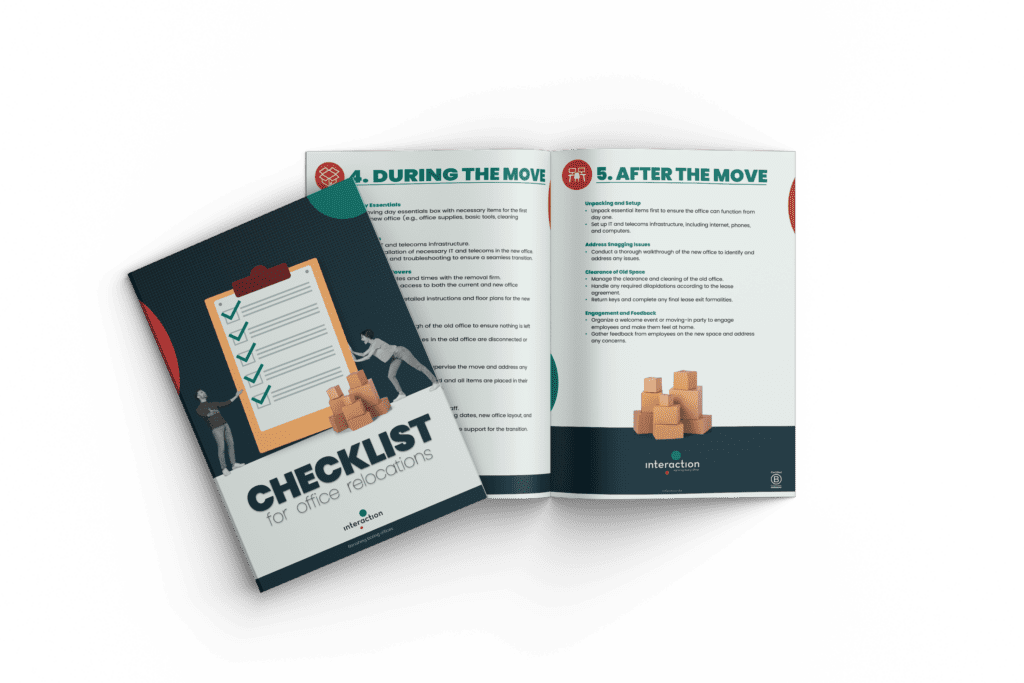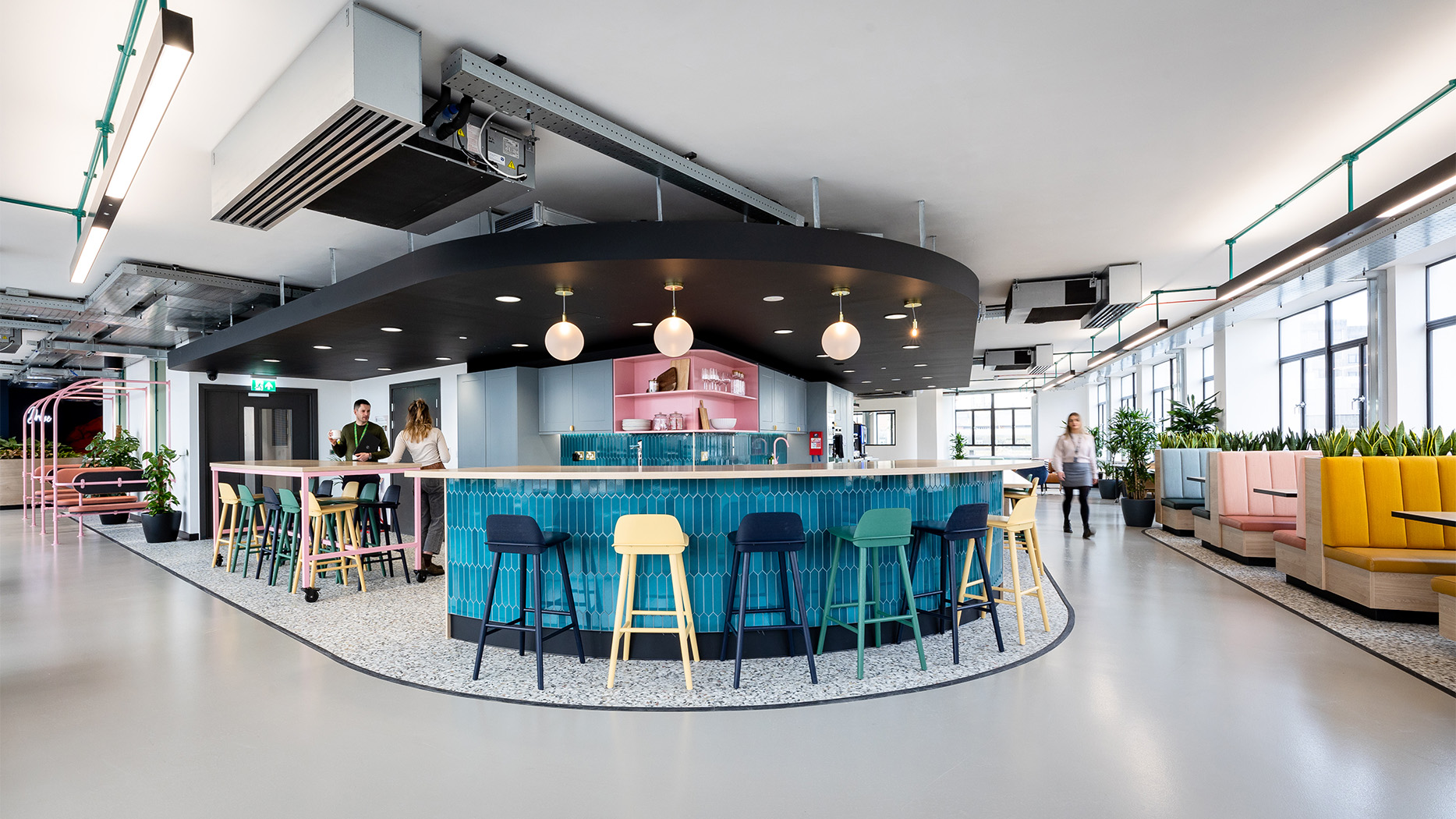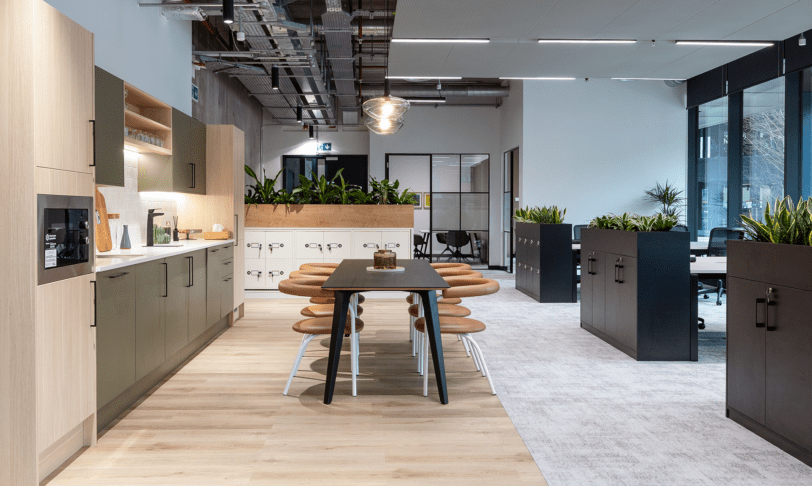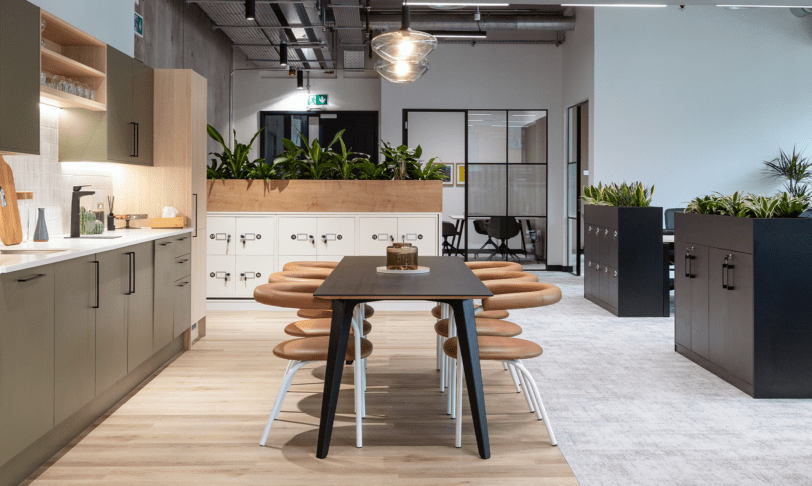A comprehensive checklist for office relocations
Relocating an office is a significant undertaking, but it can really give your team a shot in the arm – especially if your previous office was stifling productivity or preventing proper collaboration. That said, just like any other large-scale move, an office relocation needs to be planned and organised meticulously to avoid a world of hassle. To that aim, we’ve put together a comprehensive office relocation checklist that you can download so that your relocation is as smooth and thorough as possible.
What are the main reasons for wanting to move office?
Reasons for moving office can really vary and depend on a particular situation – but hopefully you’re feeling optimistic about the potential of an office relocation for your business and employees. Here are some of the most common motivations for businesses looking to up sticks:
- Expansion Needs: If your organisation is growing, it may be an exciting time for something bigger and better. Whether the need is for more space, more departments, more people or simply more sunlight, expansion is a great reason to refresh your office space. It also takes into account your future – looking ahead with positive growth in mind.
- Cost Reduction: The costs of running or renting an office space are ever-growing, and sometimes your office might not need those three extra boardrooms. Sometimes change to organisational goals indicate a need for a smaller, more efficient space. Moving can reduce a range of costs beyond rent – so a cost-effective move doesn’t always mean a smaller space, but one that is better suited to your organisation and its future.
- Proximity to Clients and Partners: Depending on your business, relocating closer to key clients, suppliers, or business partners can show them you are committed to building better relationships. Proximity is also great for productivity. For instance, you can save the time you’d otherwise spend slogging across the city for a meeting or presentation.
- Modern Facilities: You may be in an established space that has served its purposes well for many years, but perhaps the Office Space-style cubicles and water fountain from 2005 simply don’t cut it anymore. A business may also pivot and incorporate new specialised facilities or equipment that requires a different space. Upgrading to better amenities and spaces will mean happier employees and an environment where people can do their best work.
- Brand Image: Of course, looks aren’t everything, but in the world of brand awareness, the image put forth counts for a lot. A new office location can enhance a company’s brand image and appeal to top talent and clients, or bring the office more in line with what the brand represents and wants to project.
- Lease Expiry: Perhaps the least scintillating aspect, but still an important time for organisations to reconsider their office space and also their lease arrangement in general. Sometimes a simple ending of a contract is all the reason needed to move to a fresher, more innovative space.
What are the benefits of office relocation?
The benefits of an office relocation go further than a swanky break room or a bigger car park – it affects almost every aspect of an organisation and its people. Our environment shapes our mindset and determines how and where we can move, work and relax. A good, proactive and well-intentioned move can uplift your space, your organisation and your people in many ways.
Improved employee morale
Over the years, many studies have shown a direct link between the spaces employees work in and their mental health. A Gensler report from 2005 shows that 4 in 5 surveyed professionals felt their job satisfaction derived significantly from the quality of their working environment. A well-designed, people-focused office can therefore boost employee satisfaction, morale and wellbeing. Thoughtfully designed workspaces that fully consider those working in them can make employees feel seen, valued and motivated.
Enhanced collaboration
When people are able to move more freely in a space and have more options, they are empowered to collaborate more. In fact, Harvard Business Review has shown that “as teams become more virtual, co-operation declines unless the company has taken measures to establish a collaborative culture”. For example, open floor plans, collaborative zones, and creative breakout areas encourage spontaneous idea-sharing and more effective team interactions, fostering a sense of innovation and unity.
Increased efficiency
Data collected by Savills UK for the 2019 edition of their publication What Workers Want show that 65% of people believed that if the current office design reflected their ideal workplace, this would improve their productivity. A new office space can be better optimised for workflows and technology, streamlining operations and reducing bottlenecks so that your business and people can adapt quickly to changing needs.
Cost savings
Saving money isn’t just about reducing rent. Moving to an energy-efficient building can slash your utility bills too. Features like proper insulation, energy-saving lighting, and efficient HVAC systems don’t just lower costs; they also show you care about the planet. That’s a big plus for eco-conscious clients and employees.
Better work-life balance
Research shows that people are much less stressed when they don’t have to deal with a mismatched or haphazard office setup. Moving to a space that accommodates ergonomic furniture, quiet zones, and relaxation areas can boost work-life balance, reduce anxiety, and enhance workplace wellbeing.
How much does it usually cost to move offices?
This depends on various upfront factors such as the size of the office and the presence of any specialised or heavy-duty equipment. Remember to keep in mind the hidden costs too, such as cleaning, storage, and admin fees. Relocating offices can range between £2,000 on the basic, small scale, and even up to hundreds of thousands of pounds, with some companies asking £150,000 for a full and comprehensive large move that includes many services.
How long is the usual office relocation process?
The main factors here are the size and complexity of the move and the nature of the business. For example, if part of your business includes equipment that is harder to move, or you have a particularly large workforce. If the nature of the work is deadline-based, like a news agency or production office, accommodating downtime and different employee schedules can get complicated. From initial planning to move day, a good benchmark is 6 months at the minimum and a year to be safe. This includes starting 6-12 months beforehand by reviewing lease terms, setting a budget, searching for a new space, getting quotes, etc.
Now that we’ve extolled the virtues of moving offices, you can download our Ultimate Checklist for Office Relocations! If you have any questions or would like to find out more about our office design and fit-out services – feel free to say hello to Interaction.
Interaction’s Checklist for Office Relations [PDF Download]
We want to help you make your office move as smooth as possible, so we’ve compiled a handy checklist for you to use to avoid some of the guesswork and tedium when approaching a complicated move.




